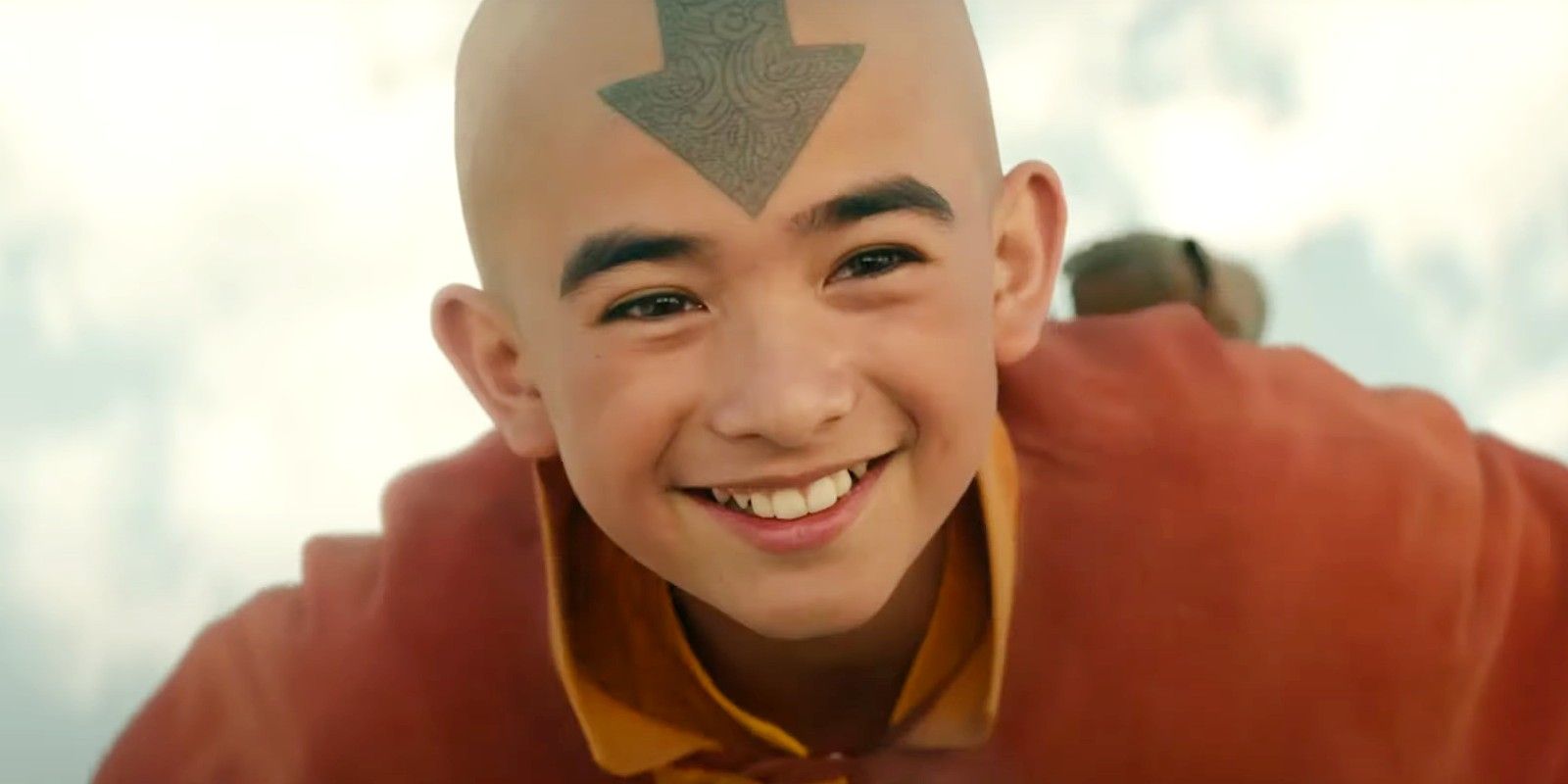
In an interview with The Direct, Raisini, who will act as showrunner for seasons 2 and 3, confirmed that Aang is not flying but is falling with style. Read Raisini’s comments below:
“Yes, there is one thing that surprised me. There was this common thread that Aang could fly. And I was like, ‘No, Aang can’t fly. Aang is falling with style.’ I want to do a diagram to show exactly that he’s always falling. It’s the opening sequence mainly.”
“I was like, ‘No, that was, like, very clearly designed,’ obviously, not clearly enough. But to make sure that he’s always falling, and I was like, ‘No!’ I’m gonna do a YouTube video, like he’s not flying, he’s falling.'”
Why It’s Important For Netflix’s Avatar: The Last Airbender To Respect The Legacy Of The Original
A Faithful Adaptation Is Key to Attracting New & Existing Viewers
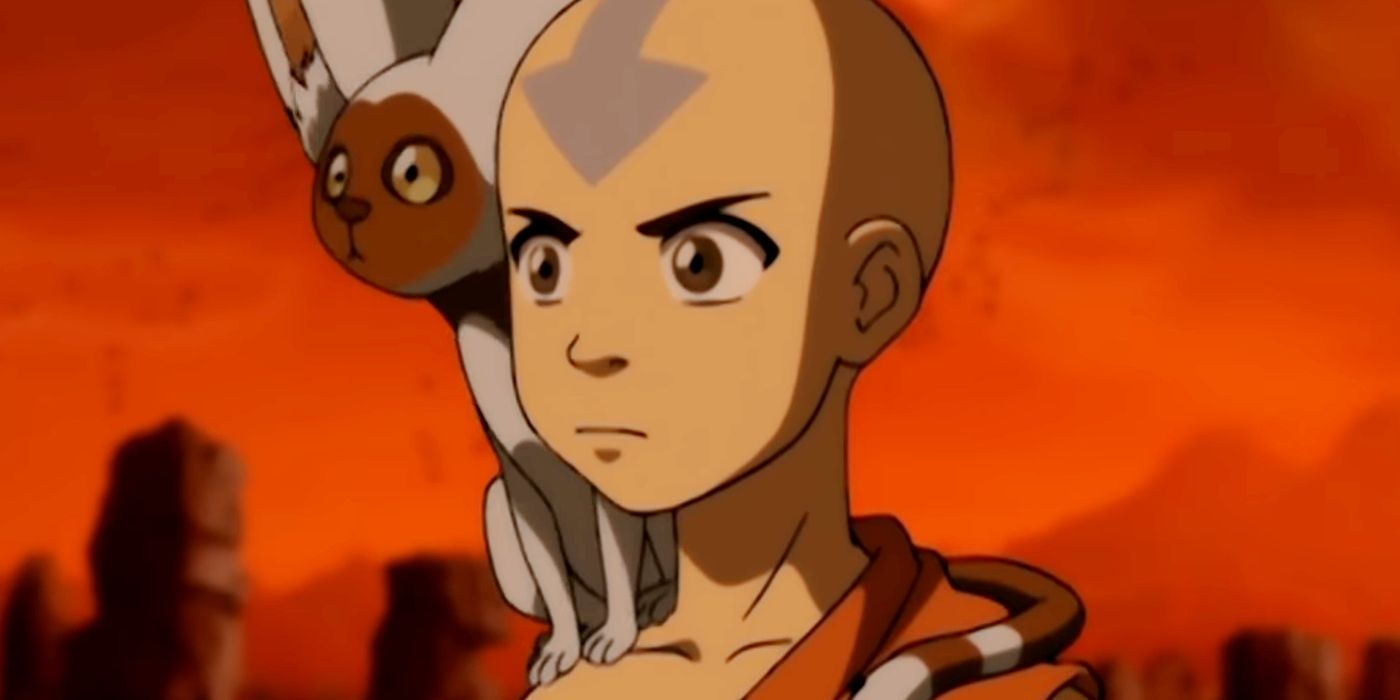
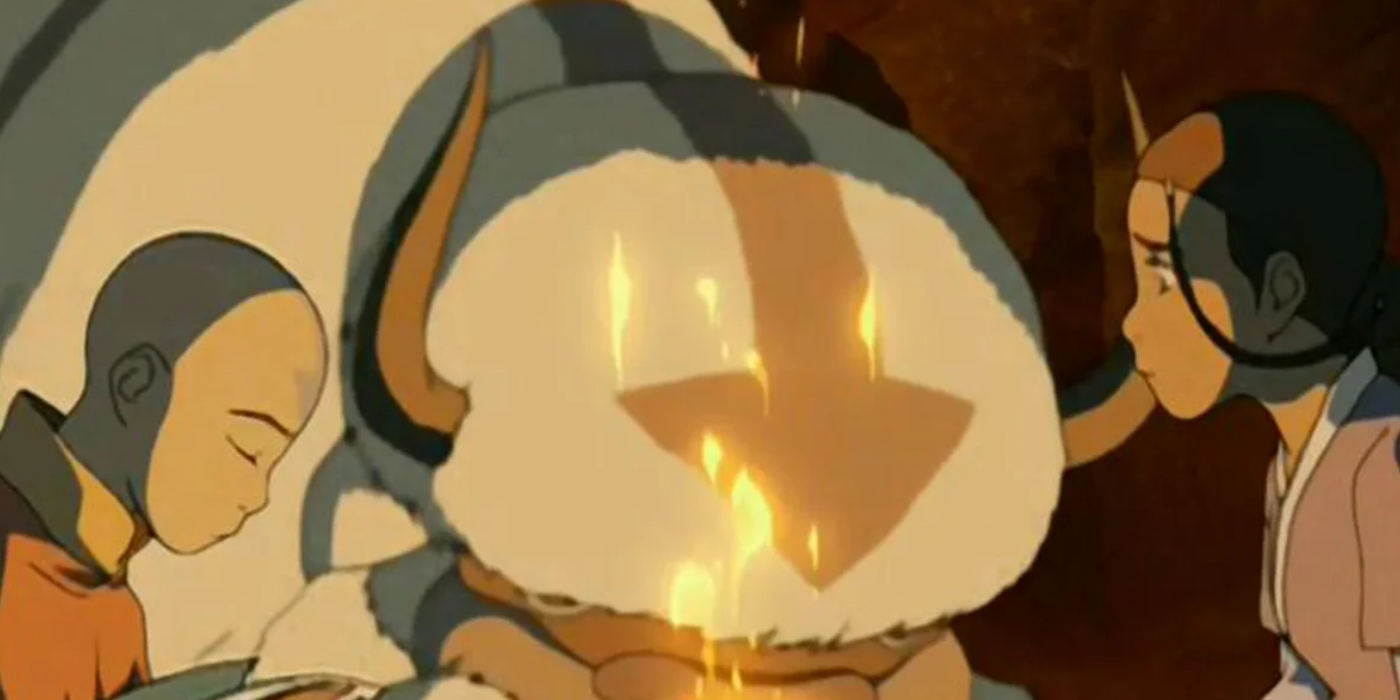

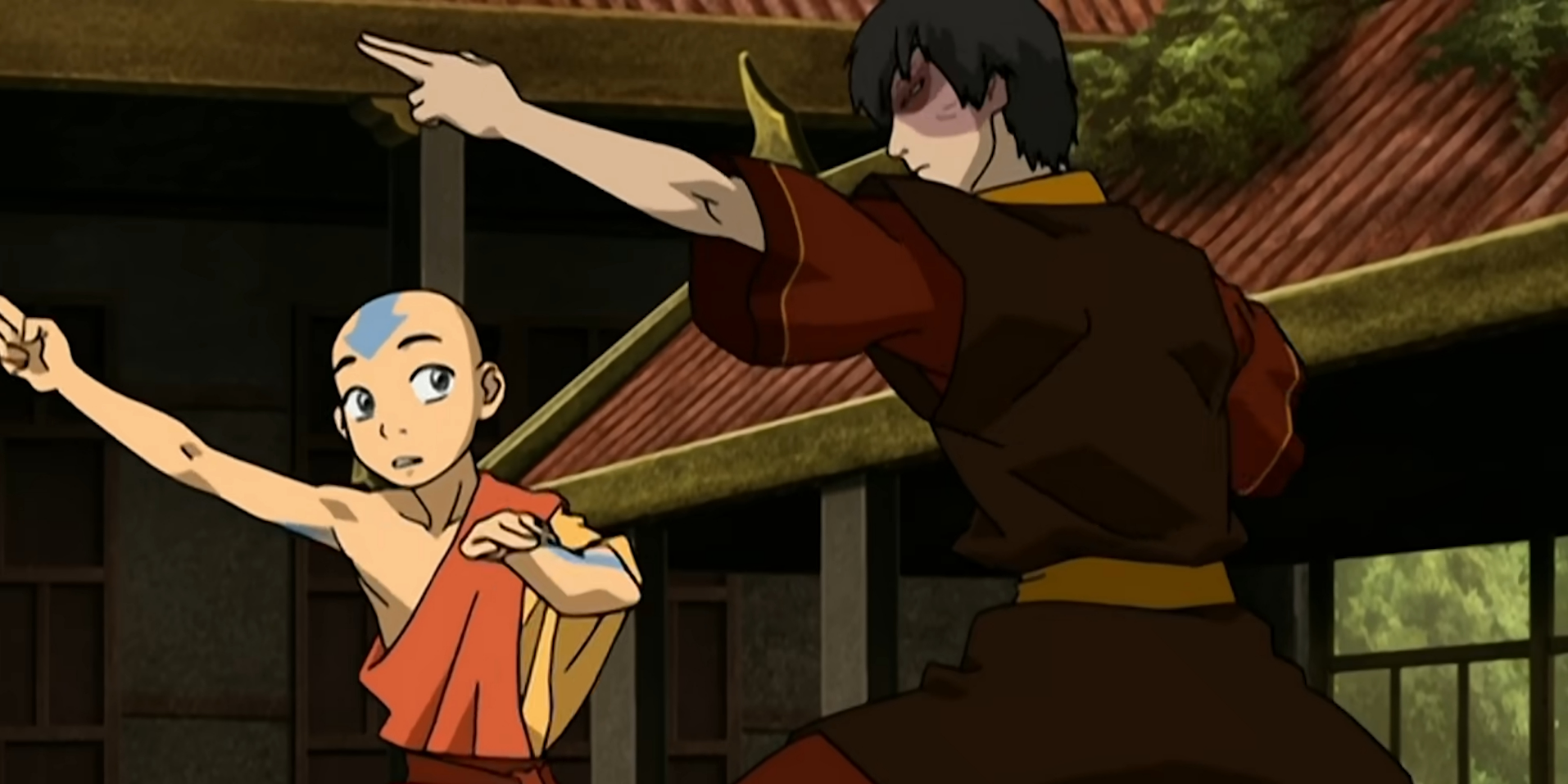
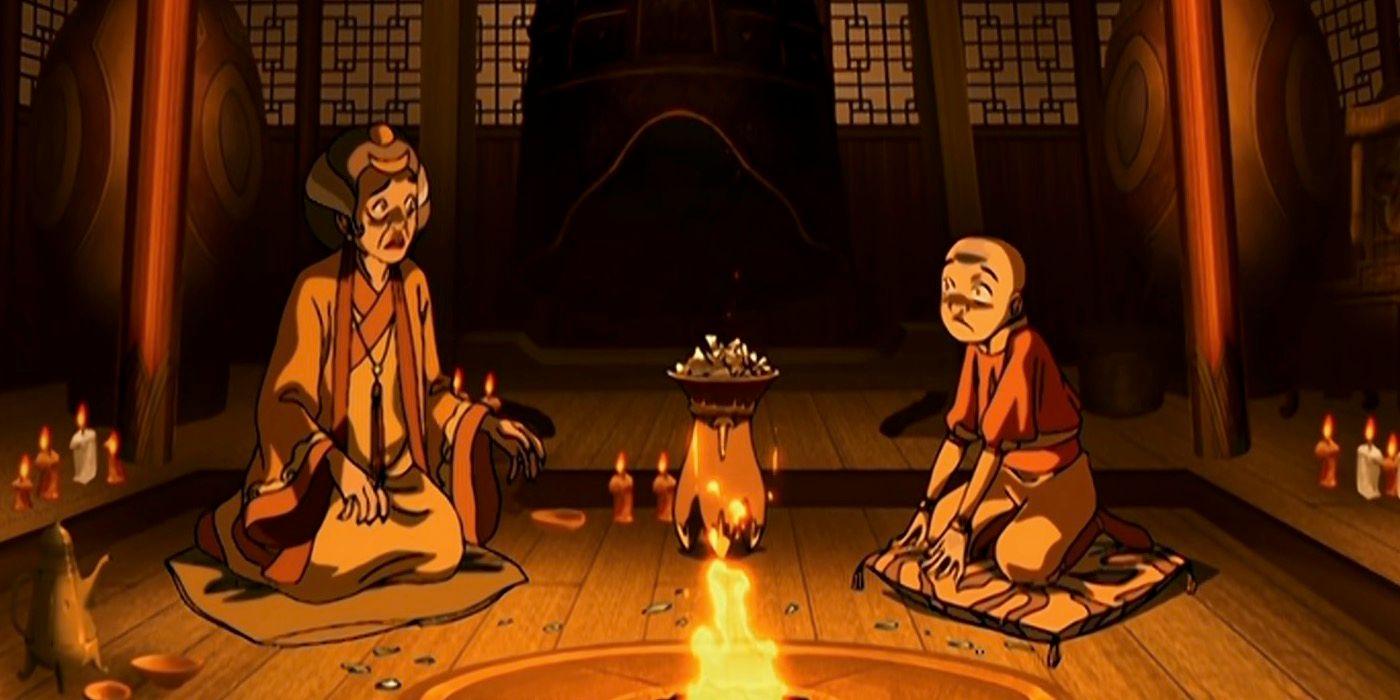





Respecting what came before is crucial for any adaptation or new franchise installment, and there does appear to have been a painstaking amount of detail involved in bringing Avatar: The Last Airbender to the screen in a live-action format.
Rasini’s clarification exemplifies that the new adaptation has tried to remain faithful to the original series, which has been highly acclaimed and celebrated. While the creative team ensured that the main plots from the main series were intact, the approach for the Netflix version was different as it was more serialized. This meant cutting details from the original show, especially since the adaptation could fit into an eight-episode series. Nevertheless, it is still essential to do justice to the source material, which will be even more important for Avatar: The Last Airbender season 2.
However, changes are inevitable when adapting a series from animated to live-action since the story has a sense of realism and connects with audiences on a human level. Unfortunately, not everything in an animated setting can fit into live-action, which is where creative minds have to take liberties with any visual detail. This seems to be the case of how Aang’s being in the air could be mistaken for flying when his skill is being replicated in live-action. There are still some questions about Aang’s airbending power, but for the most part, he is gliding when in the air.
Respecting what came before is crucial for any adaptation or new franchise installment, and there does appear to have been a painstaking amount of detail involved in bringing Avatar: The Last Airbender to the screen in a live-action format. The beauty of animation is that the physical rules of what is possible don’t really apply, which allows for more creativity in displaying any phenomenon. This is less the case with live-action, which makes adaptations like Avatar: The Last Airbender even more impressive.





